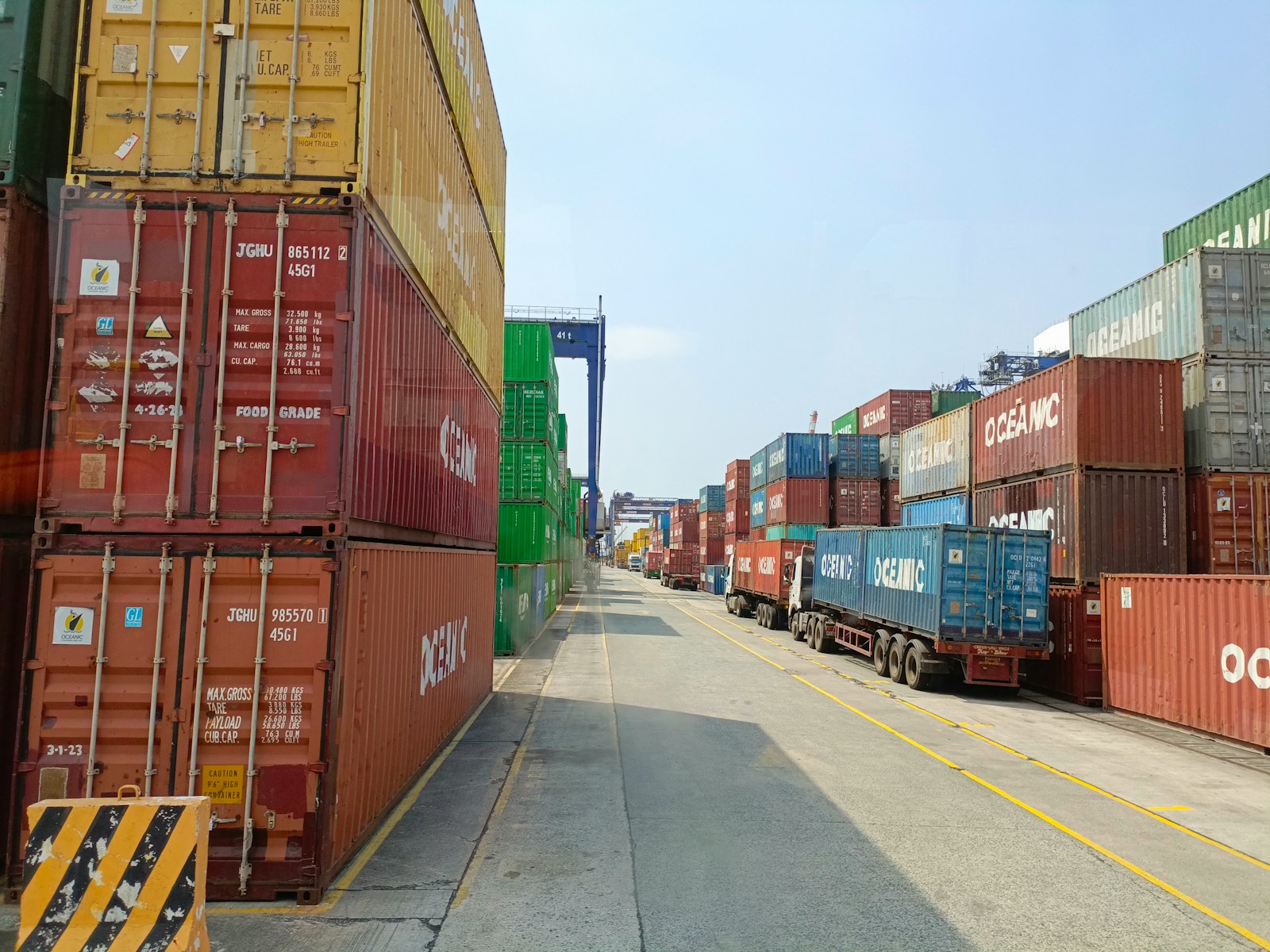Economic experts are raising concerns that the Trump administration’s tariff strategy is having unintended negative consequences for some of the very businesses it was designed to protect.
According to economists, the implementation method of these trade measures is creating adverse effects that run counter to their stated purpose of strengthening American industry and manufacturing. Rather than bolstering domestic businesses, the tariffs appear to be causing harm to segments of the economy they were meant to support.
Unintended Consequences
The tariffs, which were implemented as part of the administration’s broader trade policy, were positioned initially as protective measures for American businesses facing foreign competition. However, economists point out that the execution of this strategy has led to complications for many domestic companies.
Several factors appear to be contributing to this backfire effect. For many businesses, the tariffs have increased costs for necessary imported components and raw materials. These higher input costs have squeezed profit margins and forced difficult decisions about pricing and operations.
Manufacturing companies that rely on global supply chains have been particularly affected, as many cannot quickly or easily source alternatives for specialized components that now carry additional tariff costs.
Impact Across Industries
The negative effects of the tariff strategy extend across multiple sectors of the economy. Companies in manufacturing, agriculture, and technology have reported challenges resulting from the trade measures.
For example:
- Manufacturers using imported steel and aluminum face higher production costs
- Agricultural producers have lost export markets due to retaliatory tariffs
- Technology companies struggle with increased costs for components
These impacts have forced some businesses to delay expansion plans, reduce workforce, or even relocate production outside the United States—outcomes directly opposed to the administration’s stated goals of protecting American jobs and businesses.
Economic Analysis
Economists studying the effects of these tariffs note that while some sectors have seen short-term benefits, the broader economic impact has been mixed at best. The protection offered to specific industries has come at the expense of others, creating winners and losers within the domestic economy.
The way these tariffs have been implemented fails to account for the complexity of modern supply chains,” one economist explained. “When you protect one industry with tariffs, you often harm others that depend on those imports.”
Studies suggest that the costs of the tariffs are largely being passed on to American consumers and businesses rather than being absorbed by foreign exporters as the administration had suggested would happen.
The situation highlights the challenges of using tariffs as a primary tool for trade policy in a globally integrated economy. While tariffs can protect specific industries, their implementation requires careful consideration of downstream effects throughout the economy.
As the trade tensions continue, economists recommend a more targeted approach that considers the interconnected nature of global supply chains and the potential for unintended consequences. Without adjustments to the current strategy, they warn that more American businesses may find themselves harmed rather than helped by the very policies designed to protect them.







